Our July 2020 installment of Ask an Ocean Expert, where our MSC experts answer your questions about weird and wonderful marine life.
August 2020's questions and answers
Answered by MSC Assurance and Quality Manager and amateur science fiction writer, Chantal Lyons BA (Hons), MSc
There’s more than one answer to this question! The birds we share our world with today are the direct descendants of the dinosaurs, so in a way, species like penguins and cormorants are the closest ocean-dwelling creatures to dinosaurs – although they don’t spend all their time in the water.
The best contenders for the title are probably the turtles. Like dinosaurs, they’re reptiles, and they emerged on our blue planet around 110 million years ago. In fact, they’re often called the cousins of the dinosaurs. There are many species of turtle, and the biggest of them all is the leatherback turtle – it can grow to two metres long and travel over 10,000 miles every year through the oceans!
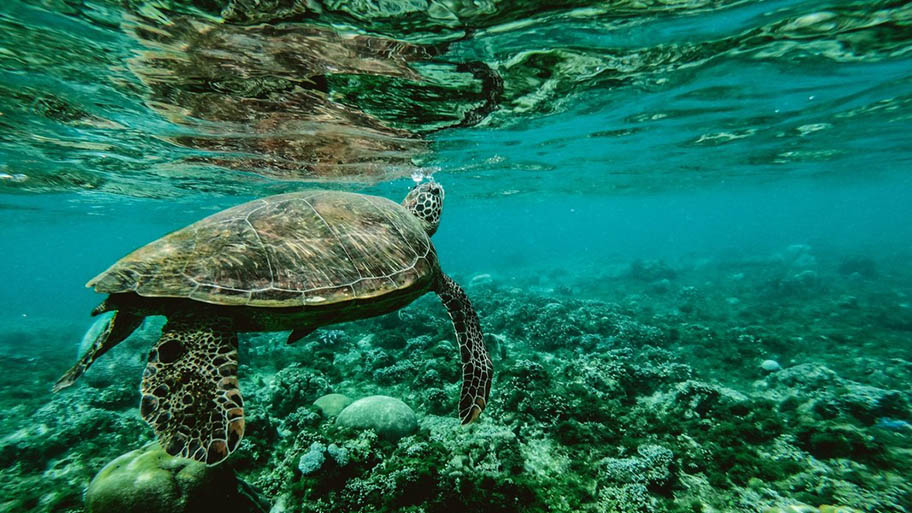
Answered by MSC Supply Chain Standards Officer, Tom Lopes Vieira BSc MSc
The answer is – no one! Baby sea turtles know how to swim entirely off instinct, which means as soon as they hatch and crawl down to the sea, they already know to flap their flippers and swim away. In fact, if you were to pick one up just after it hatches and hold its shell (please don't!) it will start flapping!
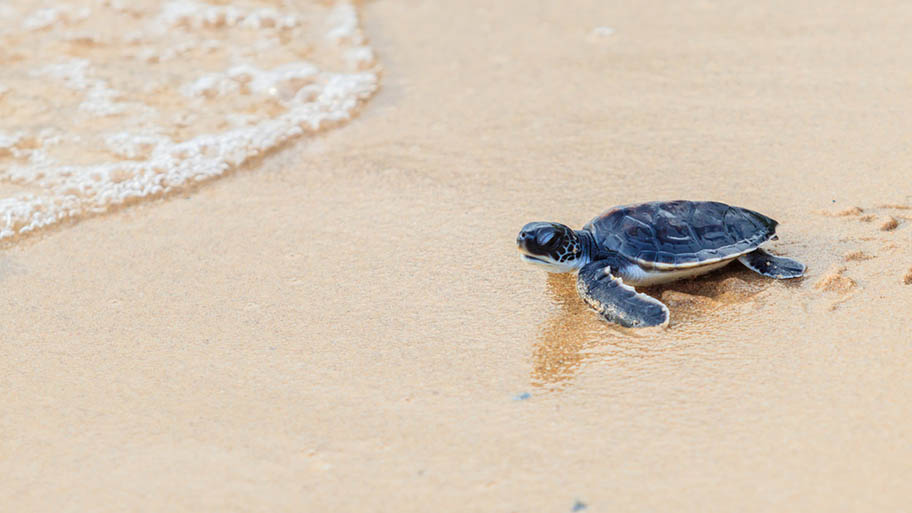
© pigphoto
Answered by MSC Accessibility Manager, Florencia Cerutti PhD.
Stingrays belong to a group of fish known as batoids or rays (stingrays, skates, guitarfish, sawfish, stingarees) who are cousins of sharks. All sharks and rays (known as elasmobranchs) share a lot of body traits and are very similar when they are tiny embryos inside the mom’s belly or inside an egg.
But early during embryo development, rays start changing! Their lateral fins get joined to the head forming the flat body (disc), the gills move to the belly (underside), and a few other changes happen.
Later during this embryo development, stingrays will develop a tiny spine or sting on their tail. The spine is used as defence when a predator wants to eat them, so baby rays are born with spine already set up. However, this spine in the embryo’s tail is an important risk to the mom during gestation and parturition, so some species of rays are known to have a protective layer of skin covering the barb, or by having the tail bent turning the spine away from the mom’s uterus, or a bulb at the end of the spine.
Once the ray is born, the spine grows as the rays grow, some rays grow more spines as they grow too! and some rays are thought to be able to regrow a spine when it has fallen out.
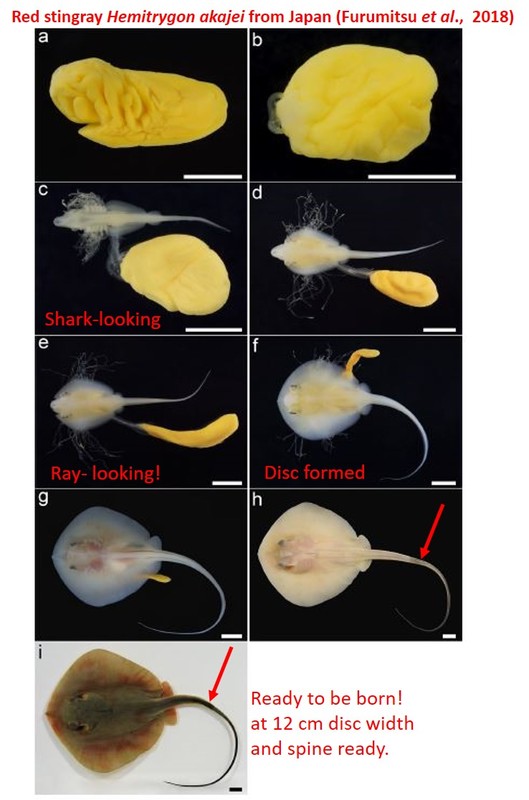
© Furumitsu et al. 2019
Answered by MSC Senior Impact Officer, Ashleigh Arton
Fish eat like you and me - by gobbling down food in their mouths! Although I guess you want to know how they do it without swallowing loads of water?
Firstly, fish live in water so it's not really a problem to 'swallow water' because they actually need the water to breath. Instead of lungs like us, fish have gills which allow them to extract the oxygen from the water, the way our lungs extract the oxygen from the air.
Have you seen how fish open and close their mouths the whole time while they are swimming? They have a special filter in their mouths that helps the water flow through their gills to help them breath. So when they open their mouths to eat, the same things happens, the water is just mixed with the food. The filter helps the water go over the gills and then the food can go down their throats. They might swallow a little, but that’s alright (the same way we can swallow a little bit of air while we eat).
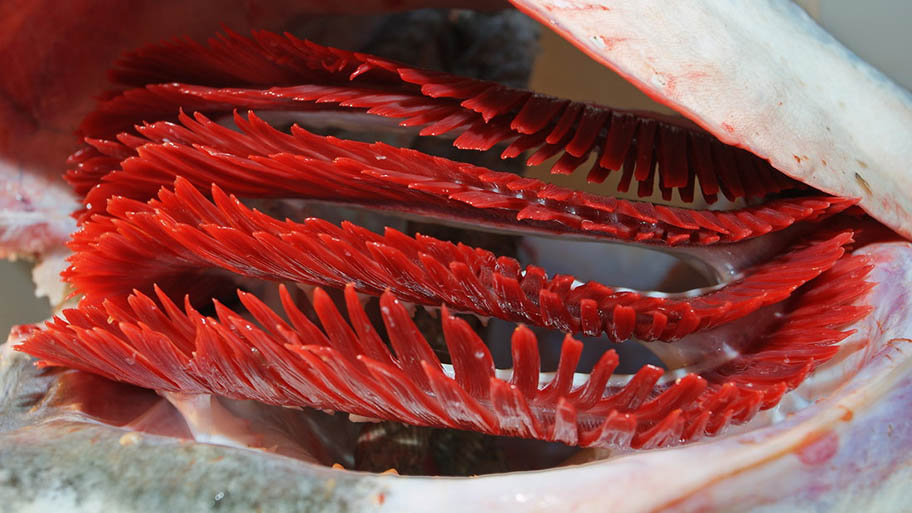
© petrescudaniel
Answered by MSC Commercial and Fisheries Manager Western Canada, Kurtis Hayne MSc.
Nearly every animal on earth needs to breath oxygen to survive because they need oxygen to make energy. Not all animals breath like you and I - frogs and other amphibians can breath through their skin and fish pull oxygen from the water through their gills. In fact, of all vertebrates on earth, there are more species that breath underwater than the air above.
Breathing underwater presents its own challenges, water holds much less oxygen then air and it is much slower to move and replenish in water. In general fish need and use much less oxygen than an air-breathing animal of the same size. How much oxygen a fish needs to stay underwater really depends on the fish and how active they are.
On one extreme, some fish have unique adaptations to survive in very low oxygen environments. Freshwater fish in cold climates need to deal with very low oxygen periods when the lakes freeze over and some species of carp can survive for months in lakes with little to no oxygen. How these carp survive is quite remarkable – they store a large amount of energy, enlarge their gills, slow down and even go blind to save energy!
On the other hand, some very active fish need much higher amounts of oxygen in water. A good example are salmon; very active fish that need a large amount of energy to swim thousands of kilometres upstream to spawn. Despite it being much harder to breath underwater, during a burst of speed, salmon can momentarily use as much oxygen as an air-breathing mammal of the same weight. Luckily when these bursts of speed are needed, they are going through cold, rushing whitewater which is filled with air bubbles and high in oxygen. So, how much oxygen you need really depends what type of fish you are!
Do you remember that I mentioned that nearly every animal on earth needs oxygen to survive? That is because scientists earlier this year discovered a small animal that live inside salmon that do not breath air. Without oxygen they were puzzled how the animal makes energy but think it may be stealing energy from the hardworking salmon they live inside.
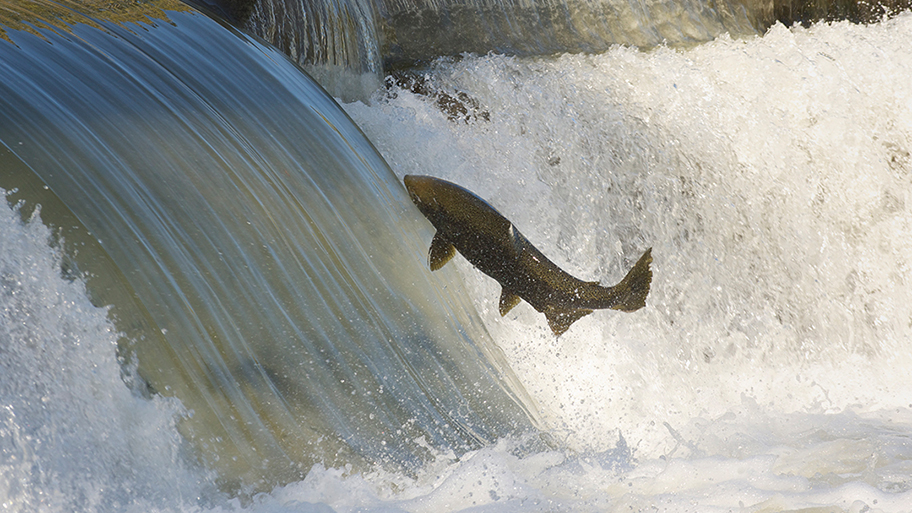
www.istockphoto.com
/msc-ambassador-chef-charlotte-langley---head-shot-close.tmb-medium500.jpg?Culture=en&sfvrsn=6a10f81e_1)
Meet our Ocean Ambassadors
From award-winning chefs to adventurers to photographers...Meet these advocates of healthy, sustainable seas.

A foodie's guide to salmon
A comprehensive guide to the world’s most popular fish.
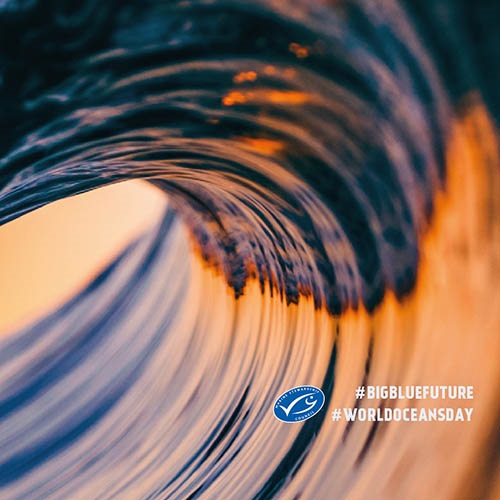
Ocean Zoom backgrounds
Bring the ocean into your meetings with our backgrounds for Zoom and Microsoft Teams.
